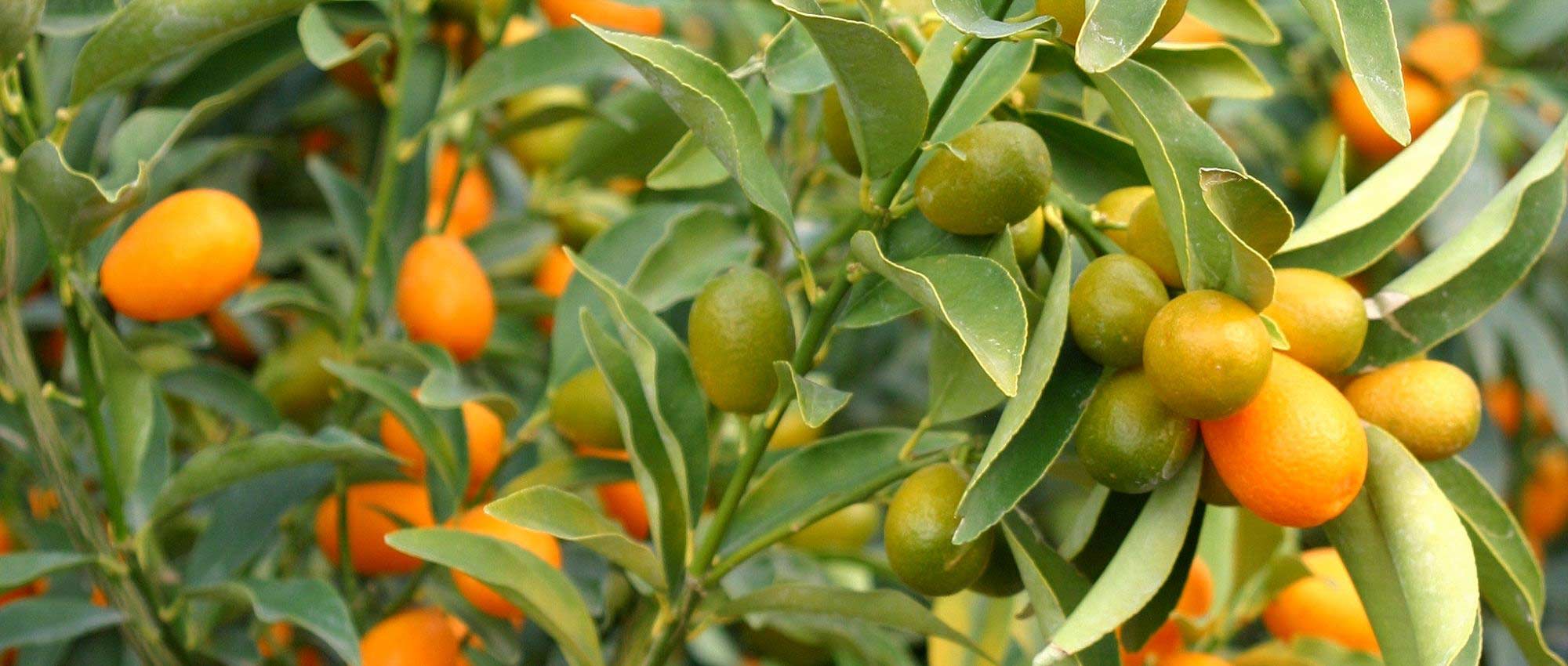
Kumquat: planting, growing and harvesting
Contents
Kumquats in a nutshell
- Kumquat produces very decorative fruits that resemble miniature oranges
- It is one of the few citrus trees whose fruits can be eaten with the skin. They are prized for their sweet and tangy flavour
- In spring, kumquat bears beautiful small fragrant white flowers
- It bears evergreen, dark green, glossy leaves
- This citrus tree is well suited to container growing and can be planted in the ground in regions with a mild climate
A word from our Expert
Kumquat is a charming citrus tree that produces small ovate or rounded fruits, resembling miniature oranges, with a sweet and tangy flavour! They are eaten whole, skin and all. It forms a bush with a fairly rounded habit whose leaves, dark green and glossy, persist through winter. Kumquat also produces small star-shaped flowers in spring, each with five white petals and a pleasant fragrance. Two main varieties are grown: the Kumquat ‘Marumi’, also called Fortunella japonica, and the Kumquat ‘Nagami’, Fortunella margarita.
Kumquat is one of the hardiest bushes, tolerating down to -10 °C… However, its fruiting is compromised as soon as temperatures reach -4 °C, which is why its cultivation in the ground should be reserved for regions with a mild climate. Elsewhere, to enjoy its fruits, it is best to plant it in a pot and bring it under cover for the winter! Kumquat needs well-draining, light, mineral-rich soil. Like many citrus trees, it dislikes calcareous soils. Discover all our tips to grow it successfully and enjoy a bountiful harvest.
Botany
Botanical data
- Latin name Fortunella sp.
- Family Rutaceae
- Common name Kumquat
- Flowering between April and June
- Height up to 3-4 metres
- Exposure sunny
- Soil type well-drained, rich, non-calcareous
- Hardiness tolerates -10 °C, but fruits freeze from -4 °C
Kumquat is a charming citrus tree prized for its small oval fruits, sweet and tangy in flavour, eaten whole with skin. It has evergreen, glossy green foliage and scented white flowering. Kumquat is native to Asia, notably southern China, where it grows in humid forests. Cultivation spread long ago across other Southeast Asian countries: Malaysia, Hong Kong, Myanmar, Japan, Taiwan, Philippines…
Name kumquat comes from Cantonese gām-gwāt and means “golden orange”. It was introduced to Europe in 1846 by English botanist Robert Fortune (1812–1880), which explains scientific name Fortunella. However, recent studies place kumquats in genus Citrus, alongside lemon, mandarin and orange trees.
Kumquat is one of most hardy citrus trees: capable of tolerating down to –10 °C, but its fruits are very sensitive to cold. Especially as fruits appear in autumn–winter. To enjoy them, better move bush under cover for winter.
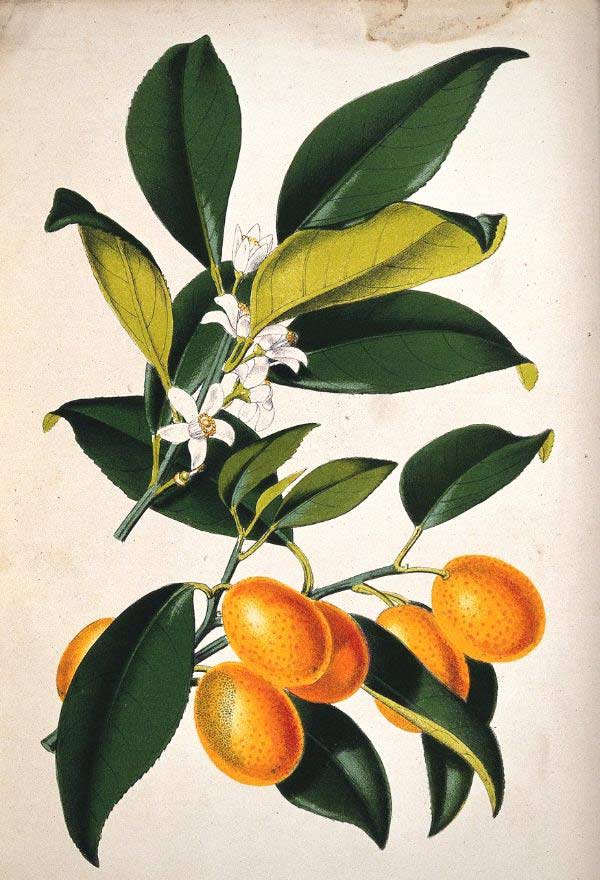
Fortunella japonica (W. Fitch – Wellcome Collection)
Kumquat belongs to botanical family of citrus trees, Rutaceae, which comprises 1,730 species. Rue, Ruta graveolens, gave its name to this family. Rutaceae generally have aromatic glands in their tissues that contain essential oils, which explains why many of these plants have scented foliage. Likewise, their flowering is often fragrant, while fruits have pronounced, tangy flavour (citrus) or spicy taste (Zanthoxylum). Many plants in this family contain essential oils in their tissues. Ornamental plants such as Choisya or Skimmia also belong to this family.
Today, kumquat is cultivated in Asia, Florida, Greece (notably on island of Corfu) and southern France. Most common in cultivation are Fortunella margarita, Fortunella japonica and Fortunella obovata. Cross-breeding of kumquat with other citrus trees has produced new varieties, such as calamondin (cross between kumquat and mandarin), limequat (cross with lemon), or orangequat (cross with orange).
Kumquat grows slowly and forms a bush with a rather rounded habit. It can reach up to 4 metres in height. However, in cultivation, especially in a pot, it rarely exceeds 2 metres. Branches sometimes bear thorns.
Kumquat generally flowers in spring, between April and June–July. Flowers are attractive, small and simply shaped, and are also appreciated for their scent. They consist of five white petals surrounding a cluster of stamens (male organs, producing pollen), with a pistil (female organ, receiving pollen) at centre. Flowers may be solitary or gathered in small axillary cymes.
This is a melliferous flowering, appreciated by bees. Bees forage nectar from the flowers and at the same time ensure pollination.

White, fragrant kumquat flowers (photos: Frank Vincentz / Thanh Nam Nguyen)
Leaves are entire, ovate and measure 4 to 10 cm in length. They are dark green and glossy, paler beneath. Leaves are fairly thick and leathery, characteristic of citrus leaves. They are arranged alternately on stems. Leaves bear aromatic glands that contain essential oils.
Leaves are evergreen, remaining on the bush all year round.
Between November and January (sometimes until March), Kumquat produces small oval, bright orange fruits measuring 3 to 5 cm in length. Fruits are eaten as a snack whole, with skin, which is thin and entirely edible. They have a pleasant tangy flavour. Usually eaten raw but can also be cooked. Fruits can remain on bush for a long time before falling. Like citrus foliage, fruits also contain essential oils. Kumquat fruits are sensitive to cold and may freeze once temperatures reach –4 °C. A mature kumquat can produce hundreds of fruits each year. Fruits tend to be more spherical in Fortunella japonica, and more oval in Fortunella margarita.

Small orange kumquat fruits
Main varieties of Kumquat
Most popular varieties

Kumquat Nagami - Fortunella margarita
- Flowering time July to September
- Height at maturity 2,50 m
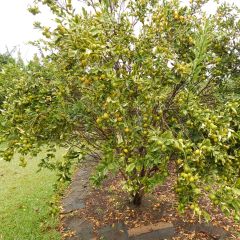
Marumi Kumquat - Fortunella japonica
- Flowering time July to September
- Height at maturity 2,50 m

Kumquat Fukushu - Fortunella obovata
- Flowering time July to September
- Height at maturity 2,50 m
Discover other Kumquat trees
View all →Available in 1 sizes
Available in 1 sizes
Available in 1 sizes
Available in 1 sizes
Planting
Where to plant?
Kumquat tolerates down to -10°C and is one of the hardiest citrus trees. However, its fruit are more sensitive to frost than the bush itself, and from -4°C its fruiting (which occurs in winter) may be compromised! Reserve planting in ground for mildest regions (south of France, Corsica). Elsewhere, best to plant in a pot and bring under cover for winter! Also avoid growing it all year inside a house or flat, as atmosphere would be too warm and dry.
Choose a sunny, fairly warm spot where it will benefit from plenty of light. However, if you live in the south of France, it is preferable that kumquat is sheltered from sun during hottest hours to avoid scorching the leaves. Conversely, in the northern half of the country, do not hesitate to place it in full sun! For example, it will thrive at foot of a south-facing wall. We also recommend choosing for kumquat a spot sheltered from wind.
Kumquat likes light, free-draining soil where water does not stagnate. Whether planted in ground or in a pot, it is generally best to add some coarse sand to planting substrate. A heavy feeder, kumquat needs rich, fertile soil. It is preferable to add well-rotted compost at planting time and, during culture, to apply some fertiliser. Grown in a poor substrate, it may become deficient, which could cause leaf yellowing or prevent fruit production. It prefers soils with neutral or acid pH, but — like many citrus trees — dislikes calcareous substrates.
When to plant?
Plant kumquat in spring, from April.
How to plant?
For planting in a pot:
- Take a large container. You can for example choose a terracotta pot or a wooden trough. Important that base is pierced to allow drainage of watering.
- Place a layer of clay pebbles or gravel at bottom, a few centimetres thick, to ensure effective drainage.
- Fill with substrate, ideally a mix of potting compost, well-rotted compost and coarse sand. You can also add a fertiliser for citrus trees.
- Plant your kumquat in the pot.
- Replace soil around, but take care not to bury the collar!
- Water generously.
For planting in ground:
- Dig a planting hole two to three times size of rootball.
- Place in bottom a mix of potting compost, well-rotted compost and coarse sand. Do not hesitate to also add a fertiliser for citrus trees.
- Plant kumquat.
- Backfill planting hole around the bush.
- Water generously.
Do not hesitate to spread a layer of mulch (leaf litter, wood chips, BRF…) around your kumquat: this will help retain soil moisture while limiting weed growth. Moreover, in winter mulch provides additional protection against cold! Finally, as it decomposes, mulch enriches soil with organic matter.
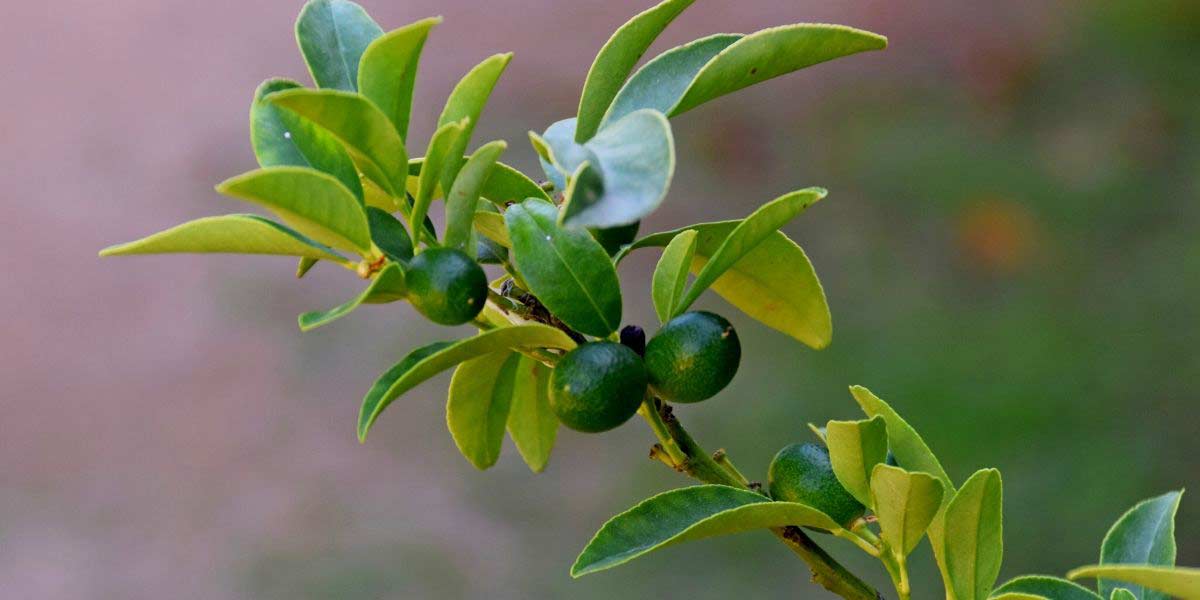
Fortunella japonica (photo Krzysztof Golik)
Read also
Planting citrus treesCare
Pot culture
Water regularly from spring to autumn, providing water as soon as potting compost surface feels dry (waterings once or twice a week). We recommend using rainwater rather than tap water. In all cases avoid leaving water to stagnate in the saucer. A good tip is to place some gravel in the saucer to raise the pot slightly, preventing the pot base from sitting in excess irrigation water. As kumquat is a bush that is greedy for mineral elements, make regular liquid feedings, for example once a month. You can also use slow-release fertiliser. In winter, reduce water and feedings.
Unless you live in Mediterranean region, kumquat must be protected from cold in winter… otherwise you are unlikely to enjoy its fruit! In autumn, around October, bring it inside to a frost-free shelter, for example into an unheated greenhouse or a conservatory. Choose a bright but unheated spot: ideal temperature is between 7 and 10 °C. In spring, from May onwards, move kumquat outdoors to a sunny position.
For more information, discover our tips to overwinter citrus trees.
Repot kumquat on average every two years, preferably in spring. This will give kumquat more room by placing it in a slightly larger pot while renewing its potting compost. In years when you do not repot, perform a top-dressing: remove surface substrate a few centimetres deep and replace with fresh potting compost.
You can prune kumquat in spring. This helps give a more balanced, compact and ramified habit while limiting its development. It also improves air and light penetration to the centre of the bush. Prioritise removal of dead or damaged branches and those that seem badly placed. You can also remove some branches from the centre to open up the foliage.
When under cover, kumquat can be attacked by scale insects (notably mealybugs). They are visible as small whitish, cottony clusters. They weaken the bush and can lead to development of sooty mould (a fungus characterised by a black deposit on leaves). To remove scale insects, use a cloth soaked in 90% alcohol, black soap and vegetable oil. Kumquat can also be attacked by red spider mites. As they particularly favour dry atmospheres, you can easily get rid of them by spraying water onto the foliage… they hate humidity! Finally, aphids can also cause problems. These small insects settle on stems or leaves and extract sap, which weakens the plant and can lead to sooty mould. To eliminate them, spray foliage with a solution of black soap diluted in water.
Outdoor growing
If you have planted your citrus tree outdoors, remember to water regularly, at least during the first year, then later during dry spells, preferably using rainwater. Also add organic fertiliser or well-rotted compost to feed the bush. It is also preferable to mulch around the base with dead leaves, pine bark or ramial chipped wood, as this helps keep soil cool for longer while limiting weed growth.
In autumn, when temperatures fall, you can use horticultural fleece. This mainly protects the fruit, which are fairly frost-sensitive, while the bush can tolerate down to −10 °C.
Harvest and consumption
Fruits are generally harvested between November and January, sometimes as late as March, depending on varieties and growing conditions. When ripe, they develop a lovely orange colour and come away easily. They can naturally remain on the bush for a very long time before falling (they become progressively sweeter… but over time they may lose flavour! It’s therefore better to harvest them beforehand). Conversely, before ripeness, fruits taste bitter.
When ripe, kumquats have a fairly sweet, sugary and tangy flavour. As with most citrus trees, their fruits are rich in vitamin C. They contain relatively few pips. They are usually eaten raw, as they are, their small size making them perfect for snacking at any time of day! Unlike other citrus trees, kumquats are eaten with their skin, which is quite sweet and thin. Kumquats can also be cooked, used in jam, marmalade or chutney… They can also be candied or made into sorbets. They can also simply be used to decorate desserts and cakes. They accompany savoury dishes (tagines…), or are used in sweet-and-sour sauces, for example in Asian dishes.
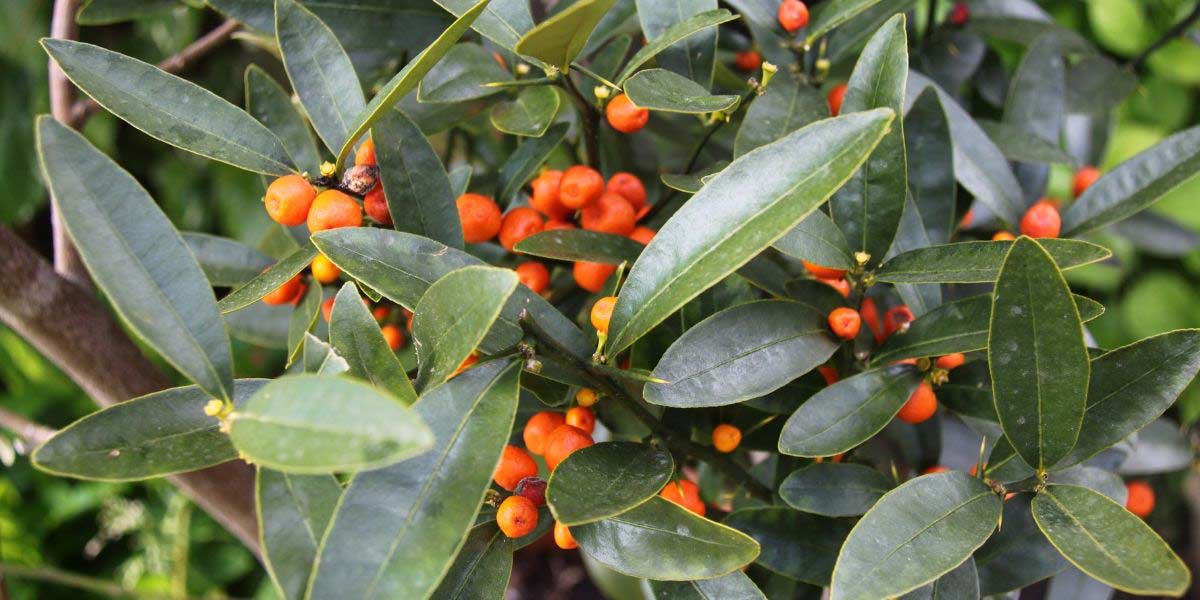
Fortunella hindsii
Propagation
Sowing
Sowing is carried out in spring, preferably using fresh seeds. Best is to use seeds collected from a ripe kumquat intended for eating. Rinse seeds but do not let them dry.
- Take a pot and fill it with special seed-sowing compost.
- Sow seeds, then cover with a layer of compost about 1 cm thick.
- Firm down lightly.
- Water with a fine spray.
- Place pot in a bright spot at a temperature between 19 and 24 °C.
Ensure substrate remains slightly moist until germination.
It will take several years before kumquat begins to produce fruit.
Grafting
Grafting of kumquat is carried out in spring from May to take advantage of fairly mild temperatures. A shield graft is performed.
As rootstock, Poncirus trifoliata is generally used, a thorny citrus that has the advantage of being robust and very hardy. It is also possible to graft kumquat onto bitter orange.
Propagation by cuttings
Kumquat is propagated by cuttings in summer, around August until early September.
- Take a segment of stem about 15 cm long, cutting just before a node (point where leaves attach to the branch). Make a clean cut using a sharp, disinfected knife.
- Remove leaves at base of the cutting, leaving only a few at top of the stem.
- Prepare a pot with a mix of compost and coarse sand, and water to moisten.
- Plant base of the stem into the substrate and firm well around it.
- Place a clear bag or a plastic bottle over the pot to create a humid atmosphere (cutting under cover).
- Place pot in a bright spot, out of direct sunlight.
- Ensure substrate remains slightly moist, and occasionally air the cutting to prevent rotting.
Association
In the garden, kumquat can find a place alongside other fruit and unusual bushes. Discover for example Asimina (pawpaw), Feijoa, Japanese goumi or Zanthoxylum! Some citrus trees are relatively hardy: mandarin ‘Satsuma’ or bitter orange, which seem able to withstand −10 °C. You can also enjoy unusual fruits of the strawberry tree.
For more ideas and inspiration, discover Ingrid’s article on our blog: “7 exotic, hardy fruit trees to grow in the garden”
In the south of France, it will feature in a Mediterranean-style garden! Pair it with oleanders, bougainvilleas, lavender, olive tree, santolina… These low-maintenance plants enjoy full sun and tolerate poor, dry soils well. They will need little maintenance! Also enjoy originality of euphorbias and colourful flowering of rockroses.
If you live in a cooler area, you can still create this southern feel. Grow kumquat in a pot and, from spring to autumn, place it on your terrace or another sunny spot among Mediterranean-style plants.
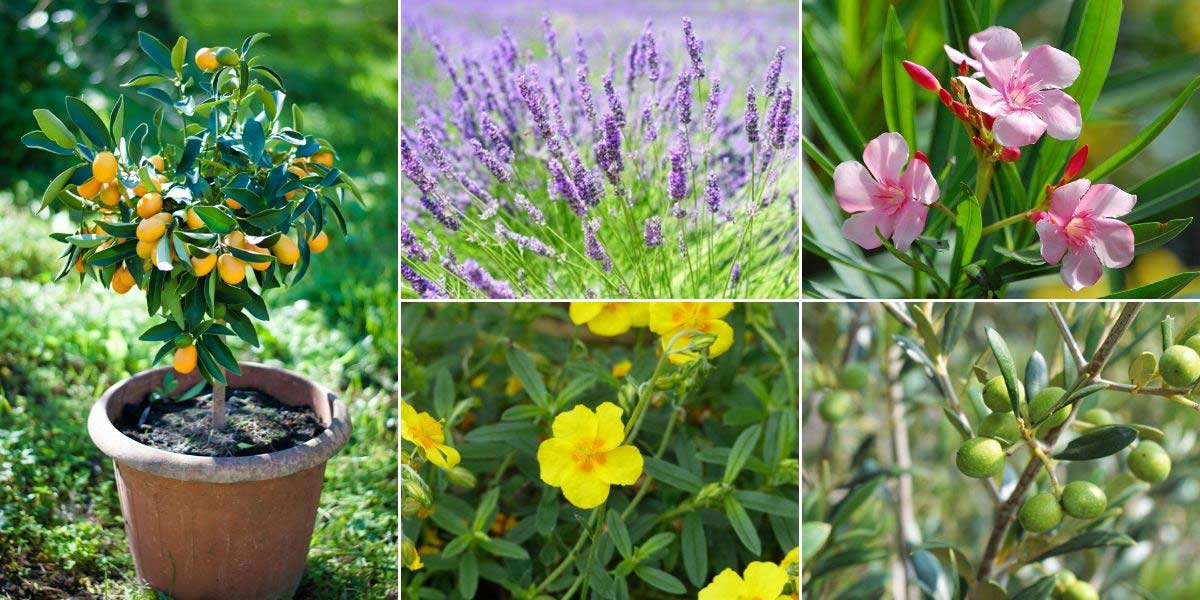
Use kumquat to create a Mediterranean ambience. Fortunella margarita, lavender, oleander (photo Challiyan), rockrose ‘Ben Fhada’ and olive tree
You can also plant it on its own, or simply plant a few perennials at its base, such as grasses. This will give it room to develop well, and its foliage will not be hindered by shade from other trees or bushes.
Useful resources
- Our range of kumquats
- Does your kumquat seem ill? Read our advice sheet “Kumquat: the most common diseases and pests”
- Our advice sheet: “Overwintering orange trees, lemon trees and other citrus trees”
- Our advice sheet: “Citrus trees: 15 questions and answers about growing them”
- Also discover our advice sheet: To grow kumquat
Frequently asked questions
-
Can I grow kumquat indoors in a house or flat?
No — because air in houses and flats is generally too warm and dry for kumquats. Even if you grow one in a pot and bring it under cover for winter, it's still better to place it, for example, in an unheated greenhouse, a cold frame or a conservatory, where temperature won't exceed 10 °C... Then move it back outside in spring. Kumquats need cool temperatures!
-
My kumquat is not producing fruit. Why?
Check that conditions suit it: it must be placed in a bright, sunny spot. Dense shade harms fruit production. It also needs rich soil: do not hesitate to add fertiliser to feed it. If your kumquat is outdoors in winter, fruiting may be prevented by temperatures that are too low. Fruits are indeed sensitive to frost.
-
My kumquat's leaves are turning yellow! What should I do?
This is likely caused by a nutrient deficiency. Kumquat is a greedy plant – feed it regularly with fertiliser! If planted in calcareous soil, lime in the soil may prevent absorption of mineral nutrients. In that case, dig up the bush and grow it in a pot instead. Yellowing of leaves can also be caused by red spider mites, which pierce tissues and feed on sap.
-
My kumquat bears small white, felted clusters on its stems and leaves.
It is attacked by mealybugs. They pierce plant tissues and suck sap, which weakens the bush and can cause sooty mould: a black deposit on the leaves, caused by a fungus. You can eliminate mealybugs using a cloth soaked in a mixture of 90% alcohol, black soap and vegetable oil.
-
My kumquat's leaves are turning yellow and falling off!
The two most likely causes are either a lack of water or an excess of water. The bush is probably suffering from water stress. Check moisture level of the potting mix and water as soon as it begins to dry out. However, absolutely avoid leaving water standing in the saucer. Also ensure the potting mix is sufficiently well-draining. If planting soil is heavy, roots may become suffocated and rot. If necessary, repot the kumquat into a potting mix made from a blend of potting compost, well-rotted garden compost and coarse sand.
If you have placed your kumquat indoors, for example in your house or flat, a too warm and dry atmosphere is likely responsible for leaf drop! From spring to autumn, keep kumquat outdoors; in winter, move it to a conservatory or cold (unheated) greenhouse where temperature does not exceed 10°C.
- Subscribe!
- Contents
































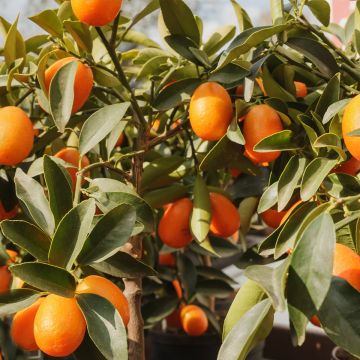

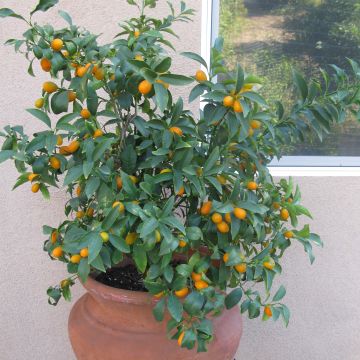

Comments